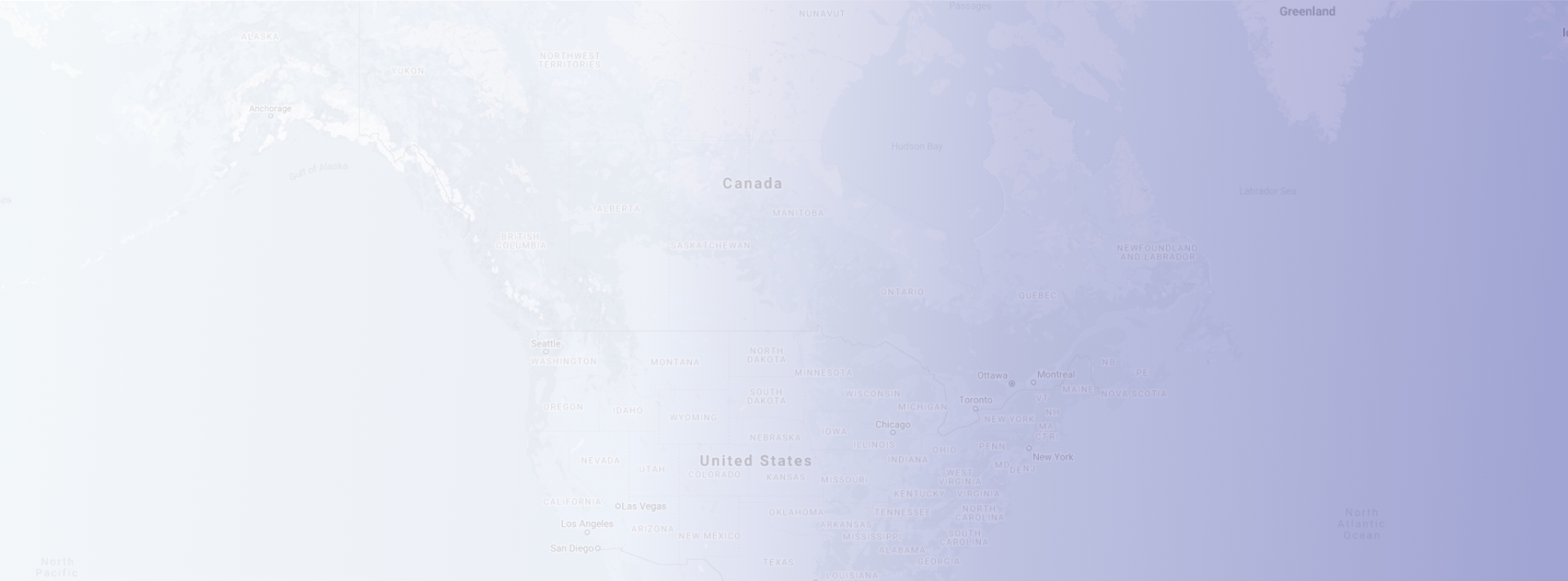Exterior or outer wall cladding is a finishing layer designed to protect a building’s interior against the elements. Wall cladding also plays an integral role in a building’s durability, efficiency, and maintenance. This makes it a vital component in overall construction. In fact, it’s so important that builders, homeowners, and commercial building owners should all know about the basics of exterior cladding and its far-reaching benefits. Explore our beginner’s guide to this important building feature below.
Material Options
Exterior wall cladding systems are available in many different materials. Ultimately, the material you choose will depend on the scope of your project, preferences, and climate. Generally, cladding is available in metal, wood, brick and mortar, and vinyl. While any of these materials can serve as a protective outer layer, its effectiveness and durability will also depend on the layers underneath that cladding. Flashing, insulation, vapor barriers, and weather membranes are all inner layers that can help your exterior cladding perform well. Nonetheless, your outer layer acts as the first line of defense and therefore largely influences the overall protection of your home.
Features of Metal Cladding
Today, metal exterior cladding is available in a variety of styles and colours, and boasts a lifespan of at least 50 years. Most importantly, it protects buildings against severe rain and snow, which is perfect for Canadian homeowners. It can also be fireproof, waterproof, and protect against insect infestations, while insulated panels, such as the AD LOC 100, 300 or 500 from Advanced Panel provides superior insulation in both cold and warm weather. Moreover, metal cladding is low-maintenance, and damaged sections can be easily removed and replaced.
Features of Wood Cladding
Wood is a classic, popular wall cladding choice. Today, it’s available in composite and reclaimed varieties, which are more accessible and durable than traditional wood. These materials are also low-maintenance compared to traditional wood exterior cladding. Additionally, they’re more affordable and sought-after among eco-conscious home and business owners for their environmental benefits. Some wood cladding is treated with eco-friendly oil to improve its appearance and protection against fires, insects, and inclement weather.
Features of Brick and Mortar Cladding
Brick and mortar is one of the oldest, most durable and widely-used materials for exterior cladding. Modern brick and mortar cladding has been refined through engineering and additional materials, which make it even stronger. Additionally, it’s incredibly low-maintenance and provides optimal insulation. Yet, brick and mortar is one of the less affordable and eco-friendly wall cladding options on the market.
Features of Vinyl Cladding
Vinyl exterior cladding is a popular building material known for its durability and affordability. It also has strong insulation properties and can increase the R-value of any building. However, some people prefer other options for their reduced environmental impact and increased durability – two features for which vinyl is not widely recognized. With that said, vinyl cladding remains a popular choice for budget-oriented home and business owners.
Trust Advanced Panel for superior quality exterior wall panels and roof cladding that is cost-effective, highly durable and a versatile building solution for new builds and retrofitting. Contact us today for more information.

